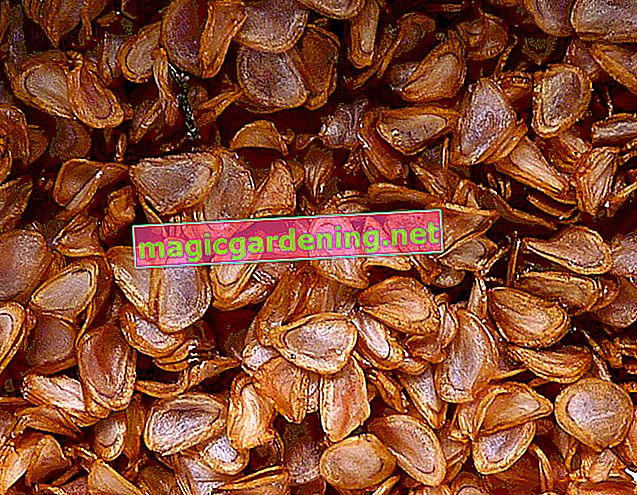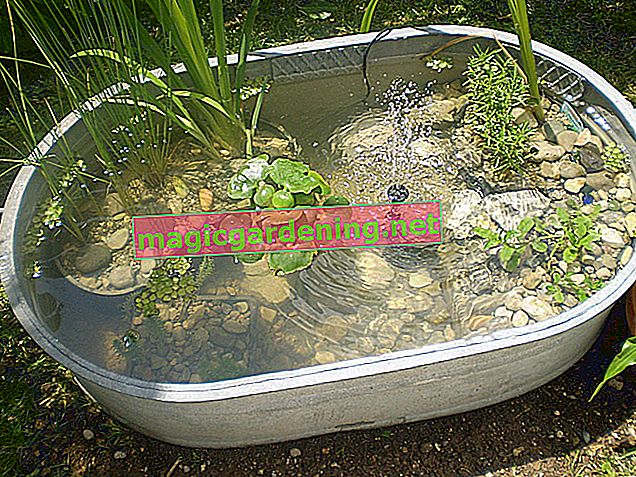
Geranium rust
Geranium or pelargonium rust is very common in geraniums and is caused by fungi that get on the leaves with rain or rainwater. You can recognize this disease by brown leaves on the top of the leaf, while the underside is affected by brown and yellow pustules. Pelargonium rust is highly contagious, so you should separate infected plants as quickly as possible and remove affected parts of the plant. However, you can prevent the disease by protecting your geraniums from rain and always watering them on the soil and never on the leaves.
also read
- Geraniums don't bloom - why?
- Geraniums love a sunny location
- The optimal care for geraniums - for a lasting bloom
Gray rot
Gray rot (often referred to as gray mold or botrytis) is also very common in geraniums. Another thing they have in common is that gray rot like pelargonium rust is caused by excessive moisture. Infested plants have blackish spots and / or grayish fungal lawns, especially on the leaves. Sometimes, however, the geraniums simply rot. In addition to excessive moisture, there are other causes of gray rot:
- Lack of light (wrong location)
- wrong pouring
- rainy-cool weather
- Injuries to the plant (e.g. by pruning)
As with pelargonium rust, you can prevent gray rot by always watering the geraniums directly on the substrate, but never on the leaves, and protecting the plants from rain. Treatment is mainly possible by removing infected parts of the plant in good time.
Wilt
The wilt caused by bacteria is also highly contagious and requires the separation of infected plants. This disease is mainly caused by
- wet leaves
- excessive watering
- excessive fertilizing
- as well as injuries to leaves and shoots
caused - as with the two diseases mentioned above. As with these, you can also prevent bacteria wilting by keeping your geraniums
- Place as sunny and protected as possible
- protect from continuous rain
- water and fertilize properly
- never pour on the leaves
- Avoid waterlogging
- and only use sharp and clean tools for cutting.
Wilt is characterized by wilting of affected parts of the plant up to their black coloration and ultimately the death of the whole plant.
Yellow leaves on geraniums
In contrast to the diseases described above, yellow leaves on your geraniums are rarely caused by fungi or bacteria, but mostly by inadequate nutrition. In other words, your geraniums are nutritionally deficient; although it is mostly the trace element iron that plants lack. You can quickly remedy this deficiency with a special iron fertilizer.
Tips
If your geraniums want to develop little or no flowers, this is often due to an insufficient supply of nutrients - but not in every case. Often you fertilize enough, but with the wrong fertilizer. If this contains too much nitrogen, leaf growth in particular is stimulated and there is no more room for flowers.








